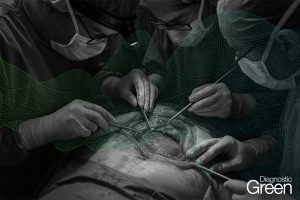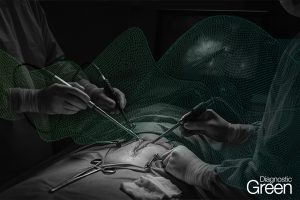Background: To identify intersegmental planes (ISPs) in video/robot-assisted thoracoscopic segmentectomies, indocyanine green (ICG) is commonly used. The aim of this systematic review is to evaluate the efficacy of intravenous ICG in the identification of ISP.
Methods: A systematic search was performed. Studies evaluating patients who underwent a video/robot-assisted thoracoscopic segmentectomy using intravenous ICG were included. The primary outcome measure was the frequency and percentage of patients in whom the ISP was adequately visualized. Secondary outcomes encompassed the ICG dose, time to visualization, time to maximum ICG visualization, time to disappearance of ICG effect and adverse reactions to ICG.
Results: Eighteen studies were included for systematic review, enrolling a total of 1,090 patients. Irrespective of the injected dose, intravenous ICG identified the ISP in 94% of the cases (range, 30-100%). Overall, there was a considerable amount of heterogeneity regarding the injected dose of ICG (range, 5-25 mg or 0.05-0.5 mg/kg). The mean time before first effect of ICG was visible ranged from 10 to 40 seconds. The mean total time of ICG visibility ranged from 90 to 140 seconds after a bolus injection and was 170 seconds after continuous infusion. No adverse reactions were reported.
Conclusions: After administration of intravenous ICG, visualization of the ISP is successful in up to 94% of cases, even after administration of a low dose (0.05 mg/kg) of ICG. The use of intravenous ICG is safe with no reported adverse effects in the immediate peri-operative period.




